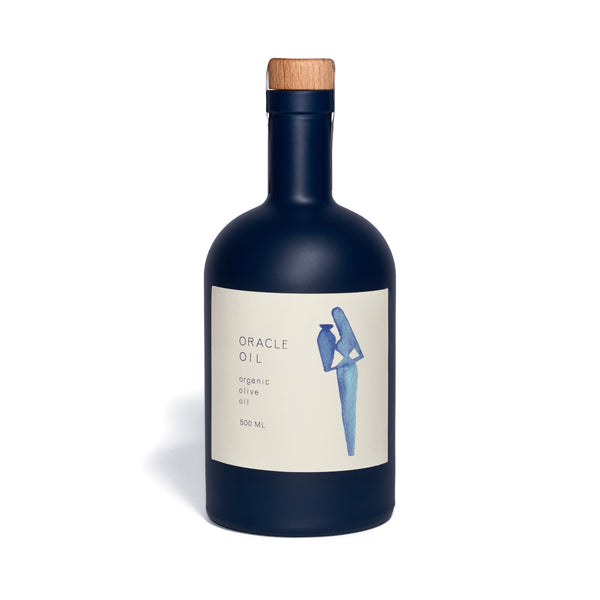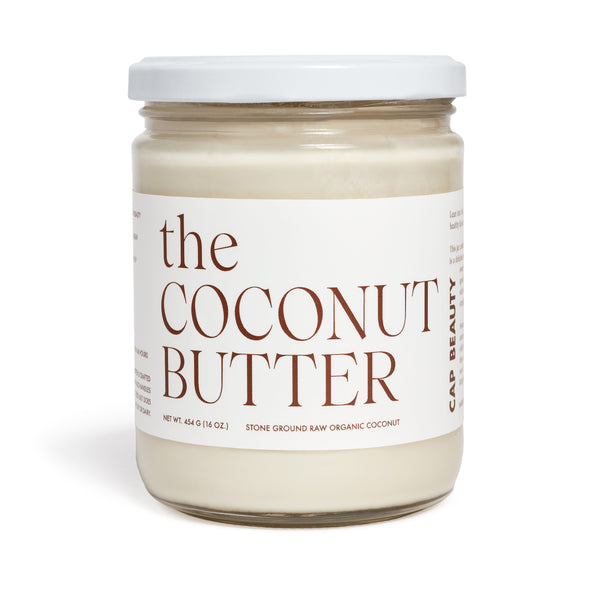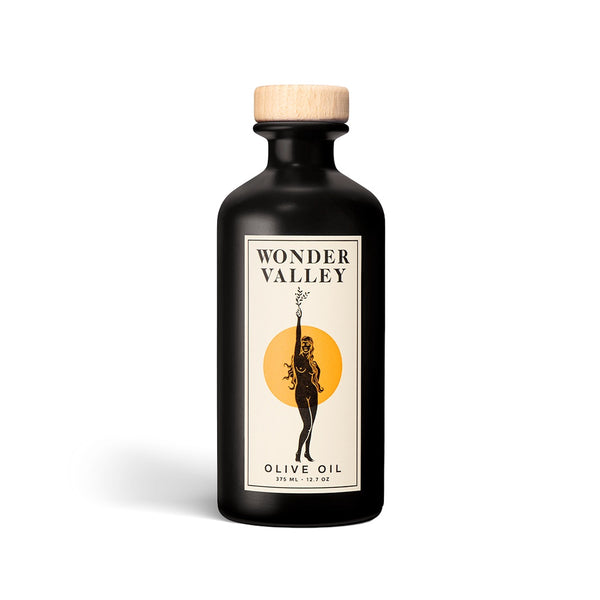What is your food philosophy?
Hard to top Wendell Berry's "eating is an agricultural act." I think about that constantly.
What are your favorite flavors?
Apricots baked into a flaky crust, raw oysters with a squeeze of lemon, lamb or goat braised with anchovies and rosemary, fresh egg pasta, whole grilled fish, bitter greens drenched in grated garlic and olive oil, salted tomatoes in summer, red chile tamales in winter, my mother's blueberry pie, perfectly cooked beans, warm corn tortillas, fennel, maple syrup.
Tell us a bit about your new cookbook and what you want people to take away from it.
The book is based around the concept of "farm lunch", a template anyone can use to prepare a different, locally-sourced meal every day using an accessible set of ingredients. The point is not to replicate my life or my lunch exactly, but to cultivate your own routine around market shopping, cooking and eating. My hope is that the book makes people feel capable and inspired. It's intended for anyone who prepares, consumes or thinks about food.
Each chapter opens with quotes from an online interview project I did a few years ago. At the time, I talked to cooks, artists, authors and many others about their food ethics, preferences and memories. The replies were at once profound and funny; revealing and surprising. I wanted to give the book another dimension and incorporating this larger conversation around food felt like the missing piece.
Farm Lunch wouldn't exist without Eva Claycomb, who did all of the design, illustration and printing. From the start, I knew I didn't want to use photographs or any obvious depictions of food. Eva came up with a set of illustrations that are repeated in different ways throughout the book. I like to think of them as a kind of vocabulary for the recipe templates. I didn't know Eva prior to working together on this project, but she turned out to be my dream collaborator. I have so much admiration for her as a person and an artist. 
What's always in your fridge?
Anchovies, butter, parmesan, dijon mustard, half-consumed jars of jam, greens, lemons, leftovers.
What’s always in your pantry?
Wonder Valley Olive Oil, Tandem coffee beans, Bellocq hibiscus tea, Faella pasta, and a giant bin of blue corn that I grew.
How has life on the farm inspired your way of eating?
Farming for 10 years has changed my life. It informs every decision I make about what to eat and why. Every time I sit down to a meal, I ask myself three questions: "How were these animals raised and processed? How was the land used to grow this food? How were the humans treated who tended and harvested it?" For me, this set of questions is more reliable and sustainable than any diet, no matter how virtuous it claims to be. Sometimes this means I'm eating a buttery, mineral-rich, grass-fed steak and other times it means I'm eating a plate of arugula. Above all, I'm interested in the integrity of the ingredients. And to me, that is healthy eating. I would urge anyone who's interested in food to spend some time on a farm, especially one that raises animals in a regenerative system.
What do you turn to to make you feel your best: food and all the other practices?
Drinking plenty of water! And hiking with my dog, Finn. We head out every morning around 6 and spend a couple of hours exploring the surrounding mountains, rivers and woods. Access to wilderness is the single best feature of living in Santa Fe. You can drive 25 minutes from the center of town and feel like you're suddenly on another planet. I grew up on the coast of Maine, so I miss the ocean (sometimes painfully), but after living in New Mexico for 10 years, I've discovered that the landscape of the southwest shares certain magical qualities with the ocean. Both are endlessly expansive, elusive and restorative to both the mind and body.
Have you always been interested in food? Where does this interest stem from?
I think so. I've definitely always been particular about food. My mother cooks with a real sense of joy, abundance and ease. Even as a young kid, I could tell that she took genuine pleasure in cooking for us. She's always had a sophisticated, but unfussy, approach to food. When we were growing up, she shopped at the Greengrocer (a specialty market way ahead of its time in the 1990s in Portland, Maine) and she cooked a lot of Perla Meyers and Marcella Hazan dishes. She always knew the most interesting restaurants to try when we visited New York or other cities, and she still does. I've inherited her appreciation of good food. When I was 21, I lived in Bologna, Italy and that's where I developed my own sensibility towards cooking and eating. Sometimes I think my whole life since has been an attempt to capture or recreate the feeling of living in Italy. 
What is your first meal that you remember?
Eating a scallop when I was six or so. I was haunted by the texture for the next 20 years, but now I love them.
What are some of your favorite cookbooks?
Judy Rodgers, The Zuni Cafe. I would happily cook and eat exclusively from that book. Others I use regularly: River Cafe 30 (Ruth Rogers), Coming Home to Sicily (Fabrizia Lanza), the Franny's restaurant cookbook, and Twelve Recipes by Cal Peternell. I also love Elizabeth David. Some of her suggestions are a little outdated, but the technique is there and the writing is so lovely, it just makes you want to cook. I recently bookmarked her recipes for caramel rice and an iced cucumber salad.
Go-to meal that you make for yourself more often than not?
"Scraps frittata," which is my favorite way to use up any greens, herbs or other bits that are languishing in the fridge. I cook the eggs at a very low heat in the oven, which takes more time than your average frittata, but the results are unbelievably custardy. It's a technique I learned from the Franny's cookbook. Best served with a bracing, garlicky salsa verde or aioli alongside.
Please share a favorite recipe.
Paradiso Greens AKA the Best Greens from my book, Farm Lunch
For years I cooked greens the same way: in a skillet, with some flavorful liquid. I didn't question this method until I tasted the greens at Cafe Altro Paradiso, in New York City. They had an ultra-smooth texture (no fibrous bits) and a concentrated flavor, not at all watered down. As I sought to recreate the dish, I quickly realized that blanching the greens was key. This method removes excess liquid from the vegetables, which solves the main problem with cooked greens (too watery). After blanching, I quickly fry alliums, dried Chile and a little anchovy in a good glug of olive oil and mix it vigorously into the already cooked greens. It's a similar technique to one often used for pasta, the residual moisture from the blanched greens comes together with the flavorful oil to create a sauce.








I find her point of view so inspiring. Ordering the cook book today. thanks for featuring.